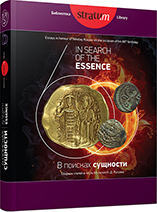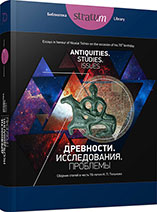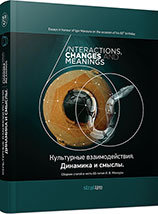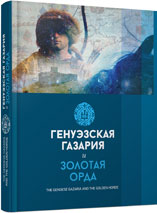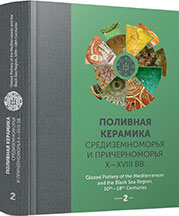
La maiolica di Castelli (TE) nell’Adriatico Orientale fra XVI e XVIII secolo. Attuali conoscenze e prospettive di ricerca
The Adriatic Sea has been for centuries a crossroads where different from each communities to ethnic, cultural and religious orientation have found an opportunity to meet, creating a dense set of relationships and cultural connections.The study of the evolution of dietary practices and convivial habits is an interesting observatory to deepen the knowledge on the interactions between these communities over the time. In this perspective the role of ceramics, as material well directly related to the consumption of food, acquires great significance beyond the mere value of commercial traffic indicator.Specifically the function of maiolica, pottery mainly linked to the tables, lends itself to shed light on the dietary practices and convivial table habits, where the socio-cultural identities are subject to numerous forms of contamination. The study of the diffusion of Italian maiolica on the east Adriatic coast is therefore a way to enhance our understanding of cultural influences between East and West in the early centuries of the Modern Age.This paper analyzes the phenomenon of the spread of Italian maiolica and in particular of that produced in Castelli (Teramo, Abruzzo) in the Eastern Adriatic in the Early Modern Age (c. 1550—1700). The recent interest of scholars on the circulation of post-medieval ceramics in the Eastern Mediterranean has highlighted new archaeological contexts that also returned maiolica from Castelli. The analysis of the state of knowledge firstly allows us to outline the contours of the phenomenon and then draw future research developments.
More...
